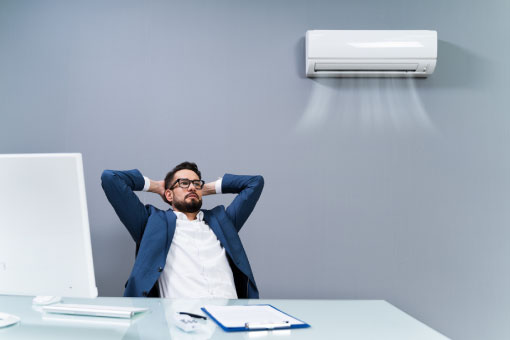
After-Hours HVAC: 5 Reasons to Start Charging Tenants
Charging tenants for after-hours air conditioning (AHAC) presents many difficult questions for FMs. How do I calculate an hourly rate? How do I separate after-hours billing from normal utility OPEX? Do I have enough resources and staff? Calculating and managing after-hours HVAC is complex, and some FMs choose to forgo charging tenants to avoid the hassle. Instead, they raise “maintenance fees” or other charges to cover the extra electricity.
If this describes your situation, there’s a good chance you’re falling short of recouping the full cost of your operating expenses. Plus, you may be missing out on other “softer” benefits associated with charging for AHAC services. Here are five reasons to start an after-hours HVAC program today.
1. After-Hours kWh Are Usually Peak Load Times
Most leases list “operating hours” for the work week at 8:00 am to 6:00 pm or something similar. This leaves evenings open for tenants to schedule after-hours HVAC (along with Sundays and holidays). However, peak hours for electricity also occur in the evenings, especially in the summer months. Peak hours or on-peak times are when you’re paying the highest price per kWh to run your HVAC system. So, tenants using after-hours AC in the evenings are consuming current at a premium. Even if you’re charging a general CAM fee or “admin fee” to cover the added energy costs, it may not be enough to offset these higher peak demand prices. And if you’re not charging at all, you’re certainly cutting into your profits.
2. AHAC Charges Encourage Energy Conservation
For seasoned FMs, it’s no secret that charging pro-rata rates for electricity doesn’t encourage conservation among your tenants. Absent a green lease or submetering, tenants show less incentive to save energy with pro-rata billing. Why put in the effort to save 10% per month if the savings will be split among everyone in the building? But an effectively managed after-hours HVAC program can counter this attitude. It works like a type of sub metering. Tenants are responsible for only their share of kWh used, and they are billed as such each month or quarter. This encourages them to bring down their electrical consumption to lower operating costs.
3. New Hybrid Workspaces Demand It
As the COVID pandemic begins to subside, companies are asking remote workers to return to the office. But some employees are pushing back, instead, demanding more flexible schedules. The expectation is that many employees will split their time between home and the office. These new work approaches will broaden normal operating hours and pressure FMs to adapt. Thus, the demand for “amenities” like after-hours HVAC will become necessities. By starting your after-hours program now, you’ll make the transition easier for your staff and clients.
4. It May Improve Your NABERS Rating
If you want an accurate assessment of your property to secure a NABERS Energy and Water rating, you’ll want to include any after-hours air conditioning (AHAC) requests. To rate your building’s efficiency, a NABERS assessor needs to calculate your total rated hours. First, he or she will calculate the power consumed during normal operating hours (ex. 8:00 am to 6:00 pm). Next, the assessor will add any qualifying AHAC requests to the total. However, requests must record the date, time and space. Simply handing the assessor a spreadsheet with the “total hours run” for the year won’t work. As a result, your AHAC hours data may be skewed or not counted. Inaccurate or omitted data lowers your efficiency rating, but an after-hours HVAC program will account for every kWh.
5. It’s Easy to Automate
Just the thought of adding a separate utility billing process to their weekly tasks is enough to turn many FMs off of charging for AHAC. It’s a legitimate concern. Manual scheduling and billing programs do require staff resources, time and spreadsheets to function. However, today’s after-hours HVAC apps automate the bulk of the process, leaving you with time to focus on your properties. Tenants use a mobile app or web browser to make after-hours HVAC bookings. The app then integrates with your BMS to carry out the request. Monthly billing is also automated, so recording mistakes are minimised and time management is maximised.


